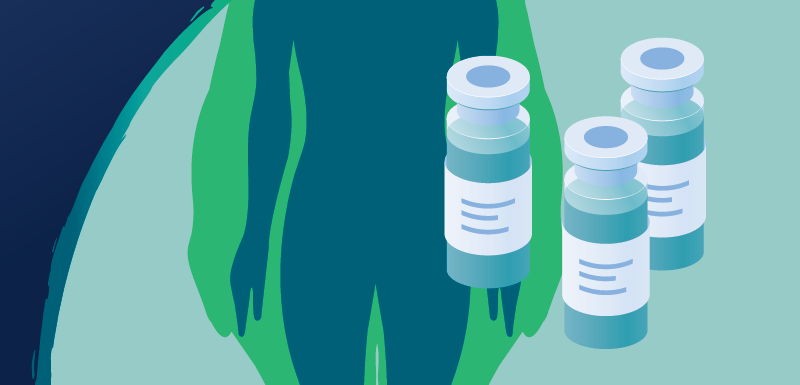
AAN 2025: Patient Voices Key to Understanding Broader Benefits of Xywav in Sleep Disorders
Logan Schneider, MD, highlights the importance of integrating patient-reported outcomes into clinical trials to better capture the full therapeutic impact of low-sodium oxybate (Xywav) beyond traditional sleep metrics.
In an interview with Pharmacy Times®, Logan Schneider, MD, a sleep specialist at Stanford Medicine Health Care in California, emphasized the need for greater inclusion of the patient perspective in both clinical trial design and routine care. The discussion was based on results of the DUET trial, which demonstrated that low-sodium oxybate (Xywav) not only alleviated excessive daytime sleepiness in patients with narcolepsy and idiopathic hypersomnia but also enhanced key quality-of-life metrics, including cognitive function and professional performance.
Pharmacy Times: New patient-reported data highlight cognitive improvements and functional benefits. What do these findings suggest about the broader impact of Xywav beyond sleep-related symptoms?
Logan Schneider, MD: I think that's a very important question, which is 2 things. One is, we certainly need to be more rigorous in how we incorporate the patient voice into clinical trials. Because while as clinicians, we obviously have the patient's best interest in mind, and we're treating them to improve the symptoms that we know they're bothered by, sometimes we get very focused on those dimensions, and it's because other dimensions are harder to measure, right? We're talking about Epworth Sleepiness Scale scores, other scale-based instruments, and other diagnostic assessments, and then we just talk to the patient and try and capture how they're feeling. That can be a little bit more challenging. It may be demonstrated in a clinical trial, but we certainly need to make sure that patients are contributing to those trial designs and then translating those findings into actual, meaningful clinical practice, right? It's hard for an individual to reflect on the last three months in a 30-minute visit, so [we must] figure out how we can actually incorporate these types of patient-reported outcomes into our assessment of patients and monitoring of successive treatments, because it's great to get major symptoms under control, but it's also important for us to always be considering what our goals of care are and having that patient voice guide that decision when we're saying this therapy is working or is not.
Pharmacy Times: Based on these results, what are the next steps in research or clinical practice to further optimize treatment for patients with narcolepsy or idiopathic hypersomnia?
Schneider: I think that it's a really wide open field. I think this is starting to elucidate some of the means by which we are identifying both treatment efficacy in these patients, or at least the impact that treatments can have on patients' lives, spurring us to ask these questions, ensuring that when we design clinical trials, we are looking at endpoints that matter both to us as clinicians and also to the patients and their lived experience. I think that's one of the things that we should also take forward and say, "This is how we want to do this." But also, as we dig deeper into the data, we may find that our field is actually able to start finding commonalities and coalescing on definitions of what some of these other experiences are, other criteria, or really symptomatic definitions or signs of these conditions. For example, disrupted nocturnal sleep is starting to come into a more concrete definition. As we look at these metrics and we start to understand sleep more in depth, maybe it will not only be something relevant to this patient population but could also inform how we actually define good sleep and whether or not those definitions truly mediate or predict the outcome that we see in the patients' lives. That could be not only a biomarker to identify areas to focus on and potential therapeutic targets but also, in clinical practice, help us say, "Oh, are we actually getting the response we expect?" or, "Is this the right therapy for this patient?"
Pharmacy Times: Is there anything else you would like to add?
Schneider: Well, I think it's valuable to recognize that the most important person in this relationship is the patient, right? Our focus here is really trying to get that patient's experience incorporated into the care that we provide, because the end point is really, how is this affecting your life? I think at any point, all of us in the health care field are mission-driven to improve the patient's quality of life, and so really asking them, having them tell us, and helping us define how they can measure that and we can measure it to meet their goals. Obviously we have to have our standard clinical end points, but also those end points are really the things that impact patients' lives, as well as the things that often help them adhere to our therapies. Because if we're not meeting their goals, even if our goals are met, we may actually have somebody fail treatment, even if it is the right treatment for them.
Newsletter
Stay informed on drug updates, treatment guidelines, and pharmacy practice trends—subscribe to Pharmacy Times for weekly clinical insights.
























































































































































































































